




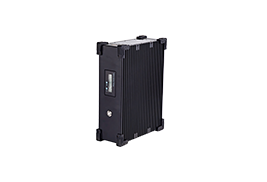
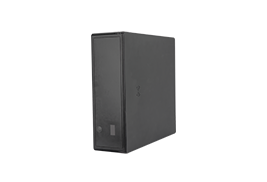
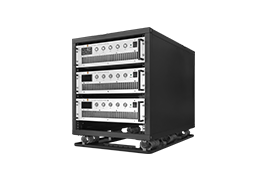
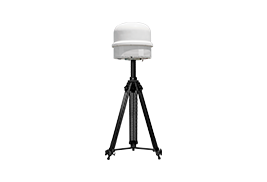
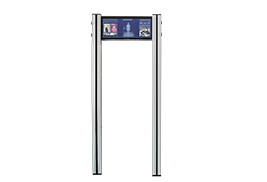
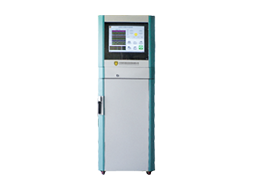
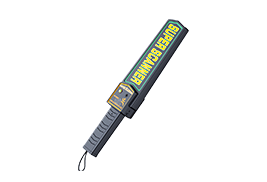

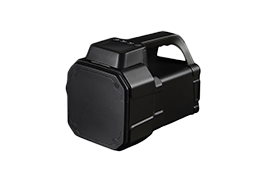
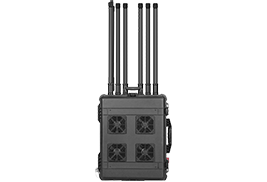
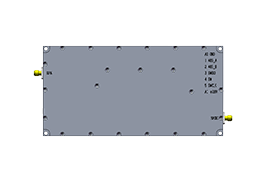
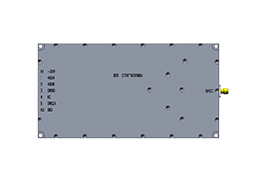
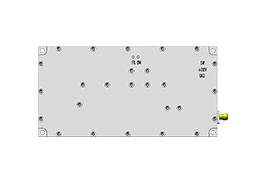
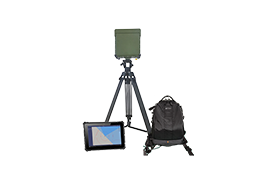
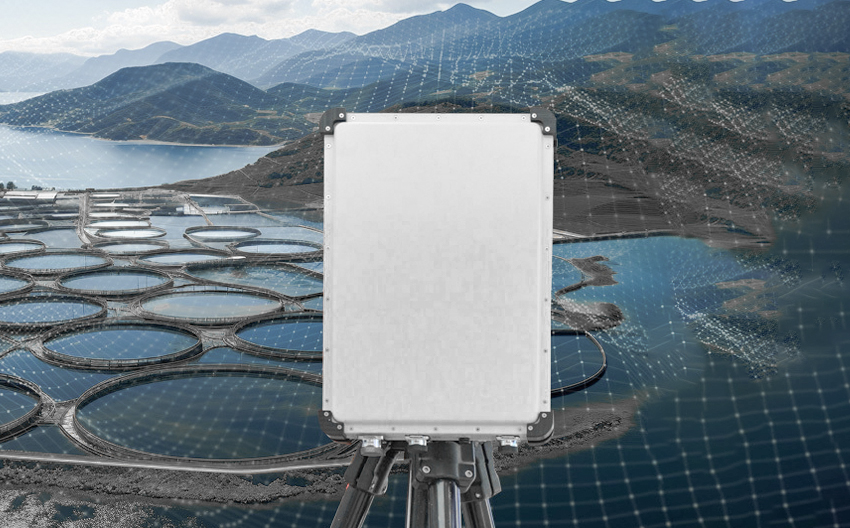
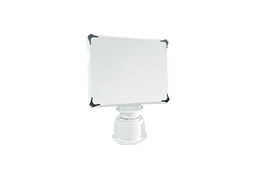
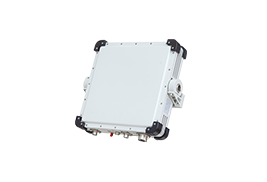



 X
X







 GLOBAL / ENGLISH
GLOBAL / ENGLISH

Installing a drone defense system can indeed provide continuous monitoring and protection, theoretically enabling 24-hour defense. However, the effectiveness of the system depends on several key factors:
System Configuration: The design of the drone defense system must cover all potential entry points in the protected area. The system should be equipped with appropriate sensors and interference devices that can operate effectively under various weather conditions and times.
Maintenance and Monitoring: To ensure the system operates around the clock, regular maintenance and technical checks are necessary. This includes software updates, hardware inspections, and ensuring all system components are functioning optimally.
Response Protocols: The system needs to have clear response protocols on how to react when drone activity is detected, such as automatic interference, issuing warnings, or contacting relevant security personnel.
Backup Systems: In protecting critical facilities, installing backup or redundant systems to handle main system failures or maintenance periods can ensure there are no gaps in protection.
Legal and Compliance: Ensure that the operation of the system complies with local laws and regulations, especially concerning frequency use, privacy protection, and safety interventions.
In summary, although a drone defense system can theoretically provide 24-hour protection, ensuring its long-term effective operation and response to various threats requires consideration of the above factors. Proper configuration, ongoing maintenance and upgrades, and compliant operations are key to ensuring the system's continuous effectiveness.












